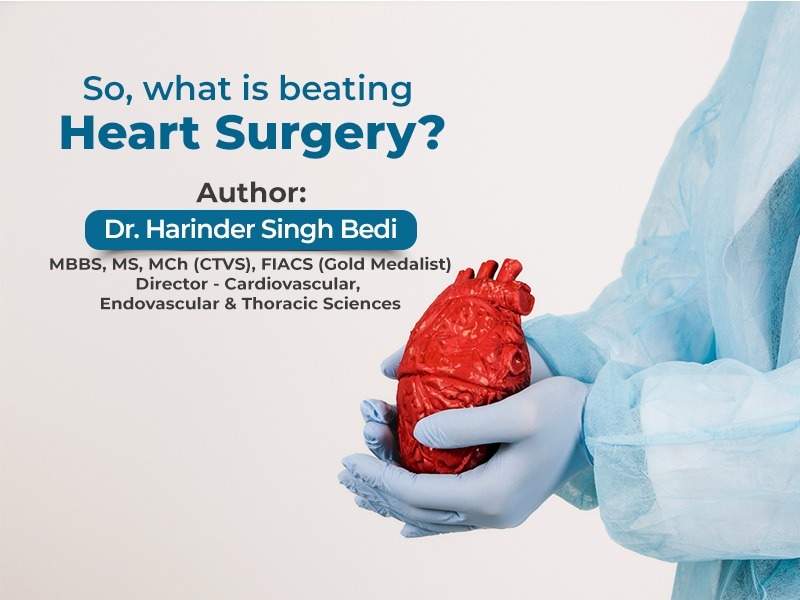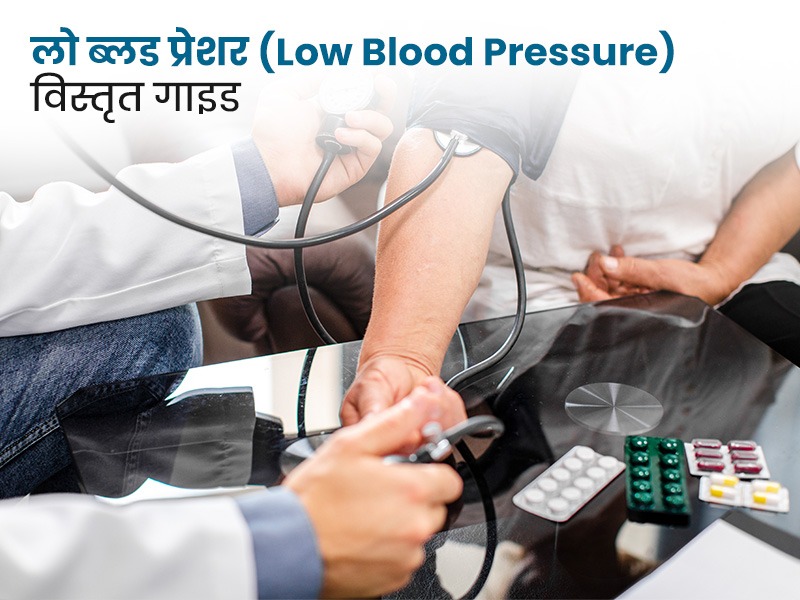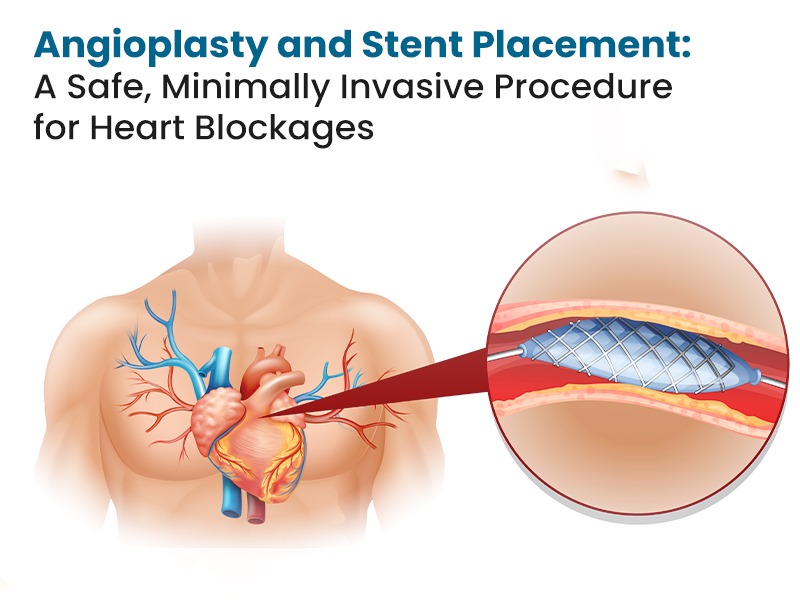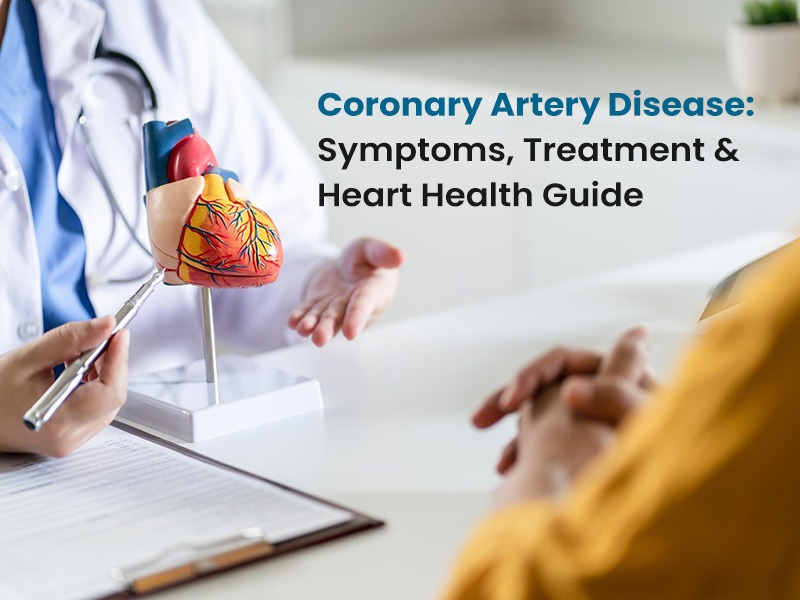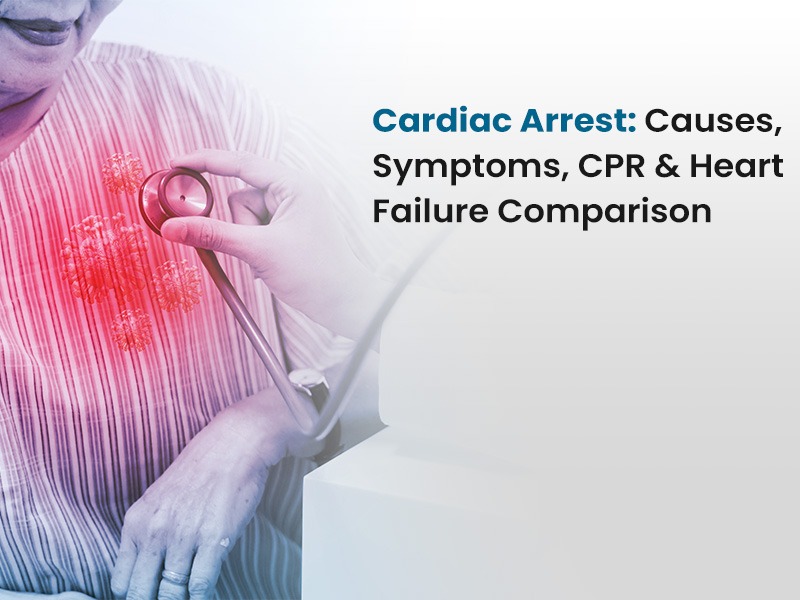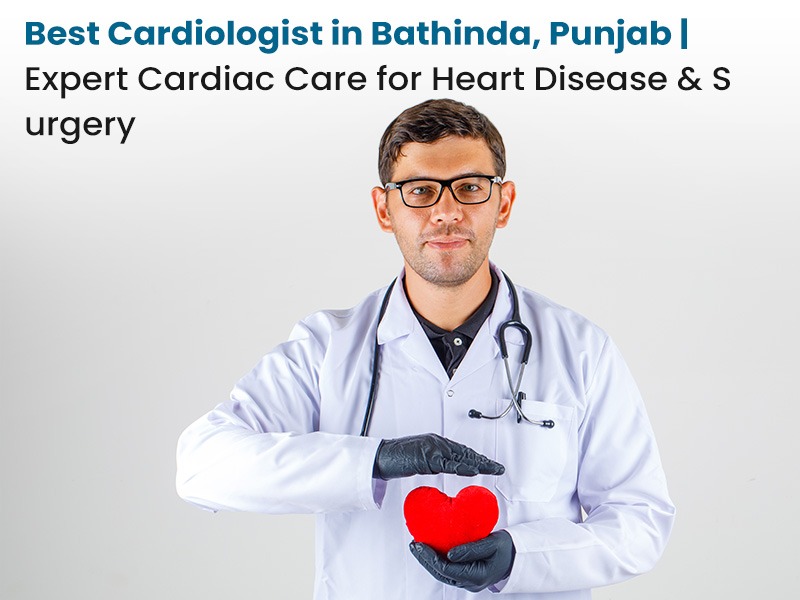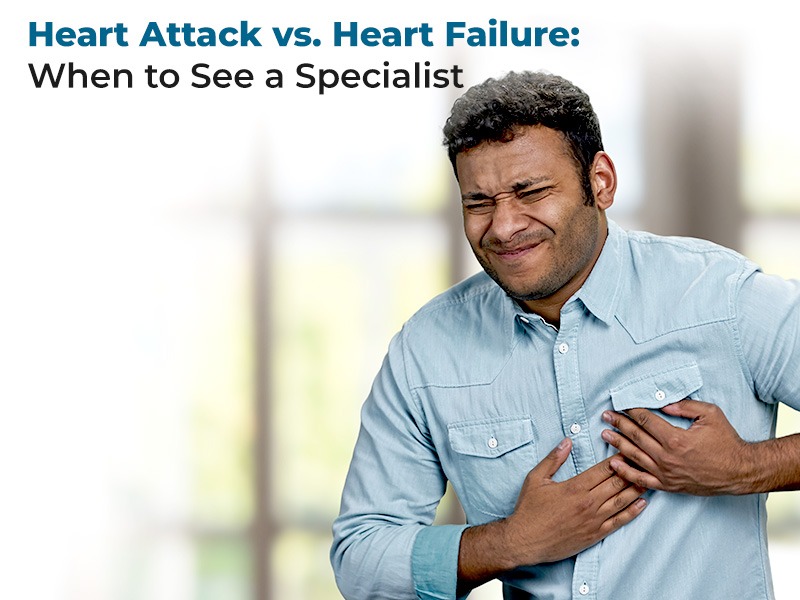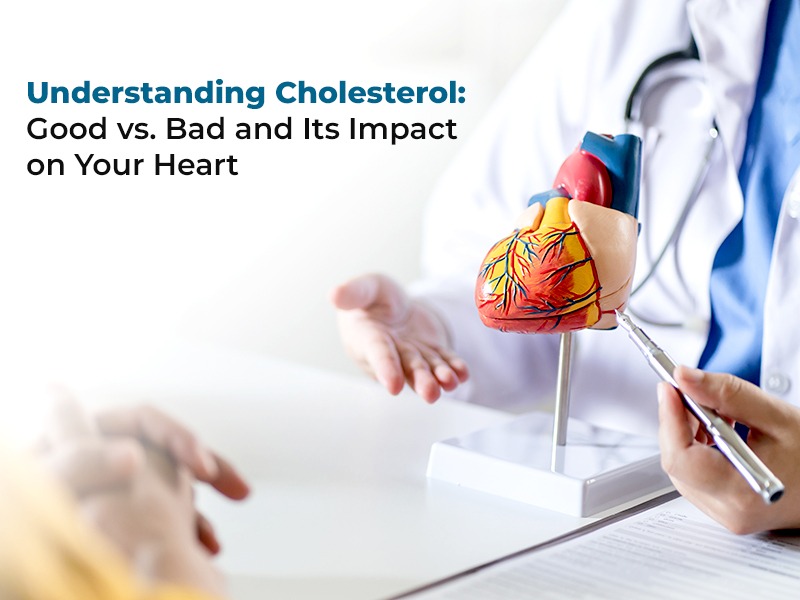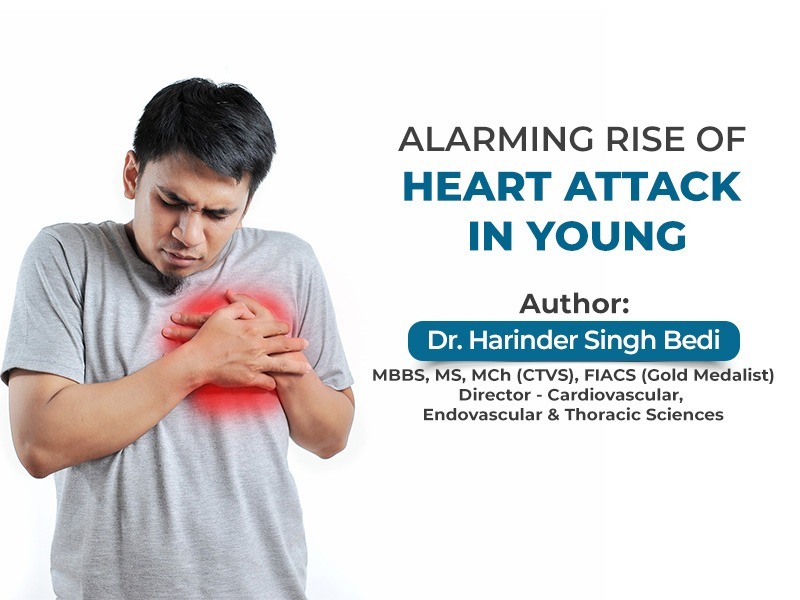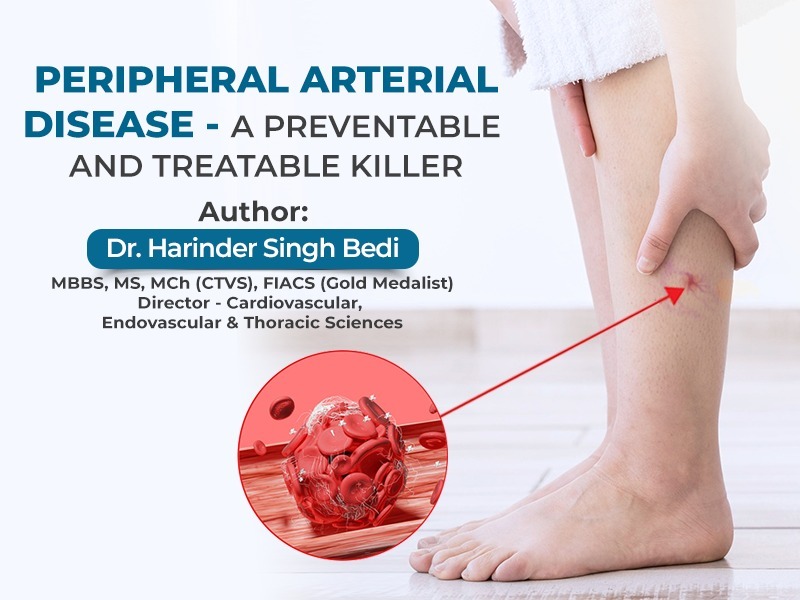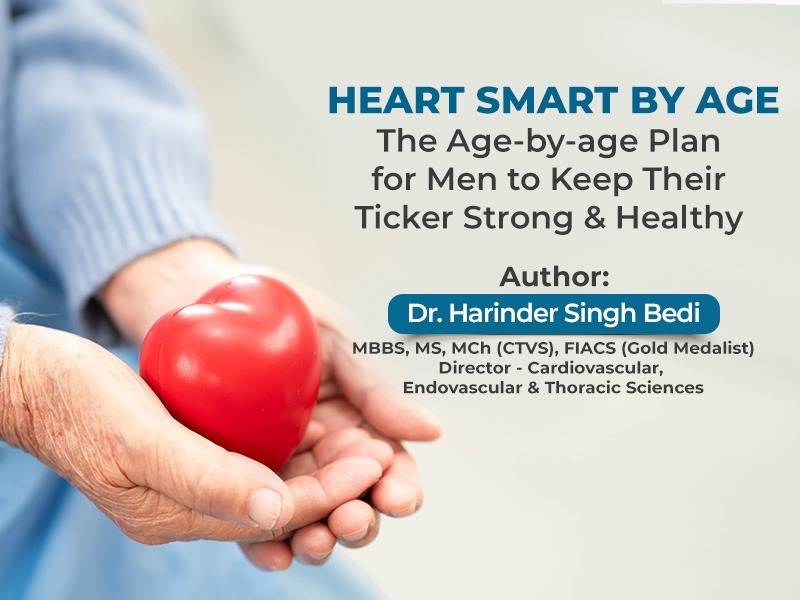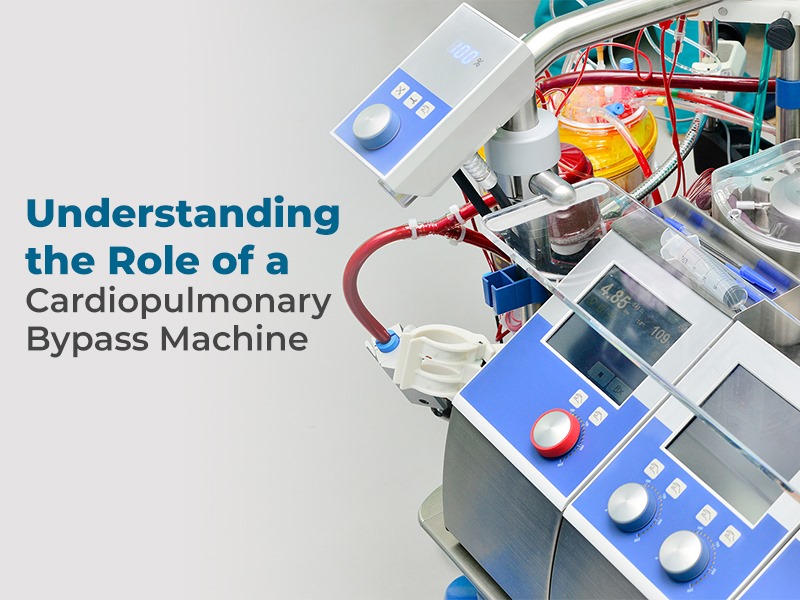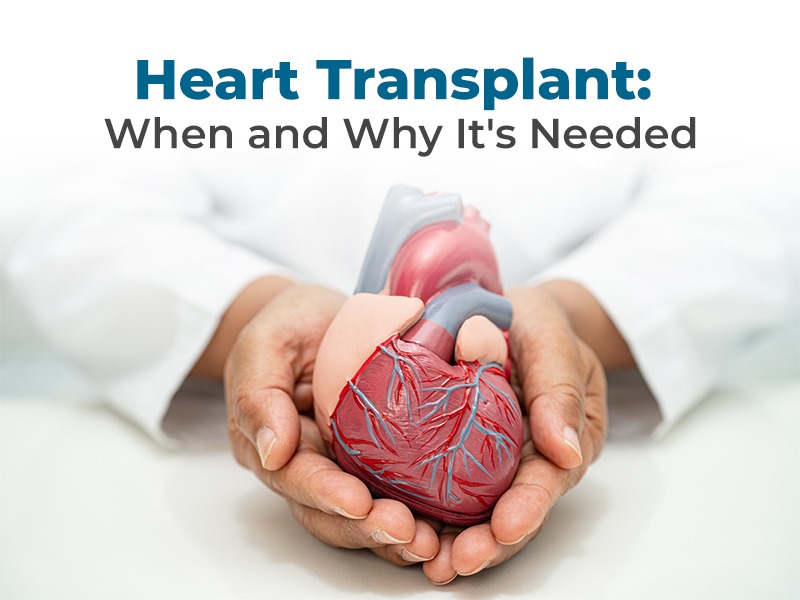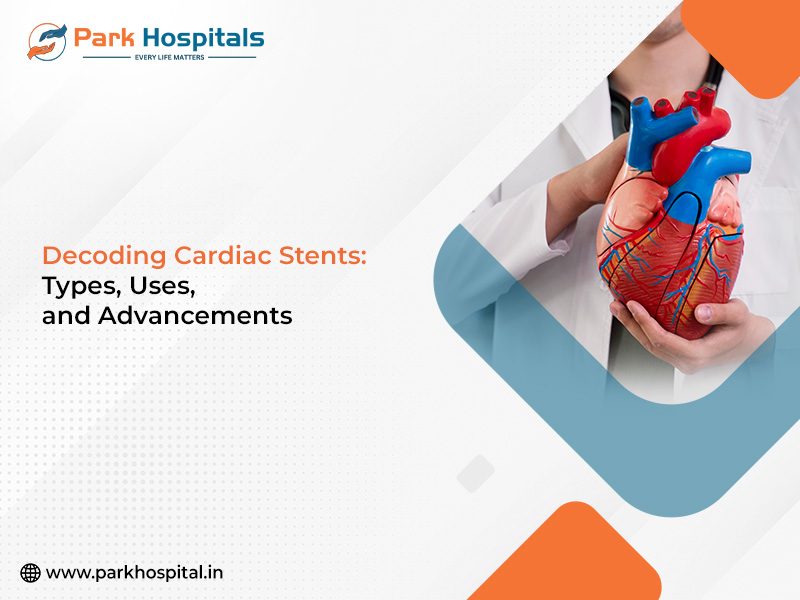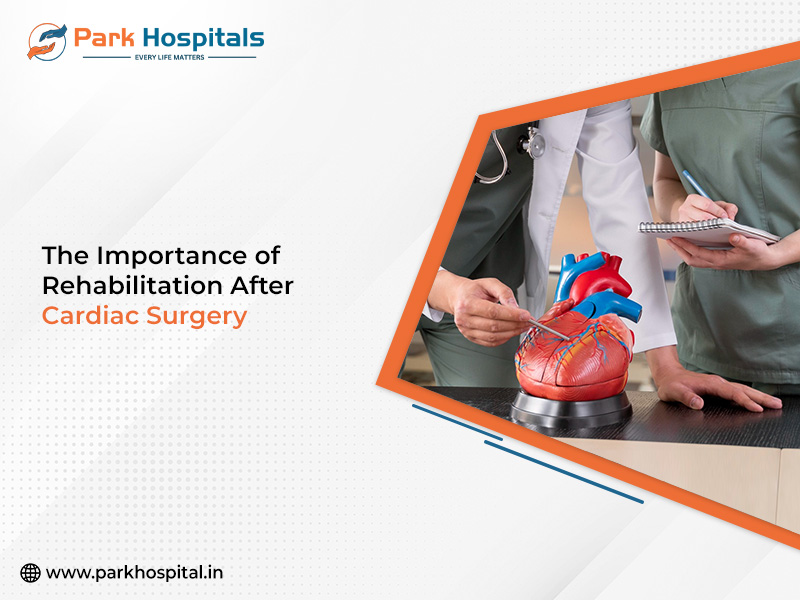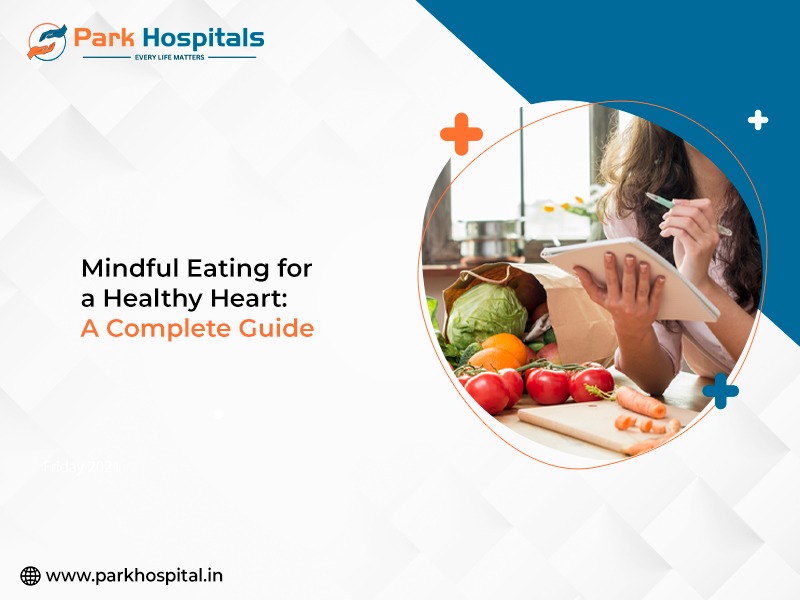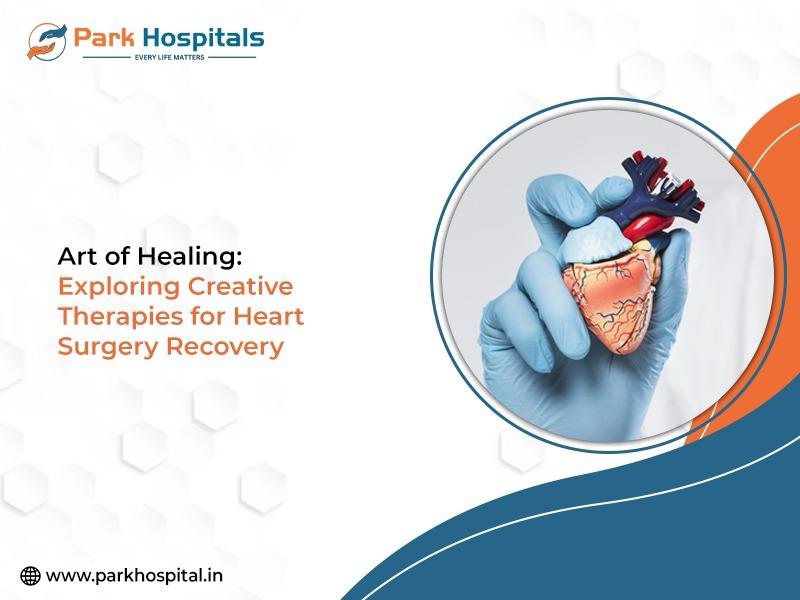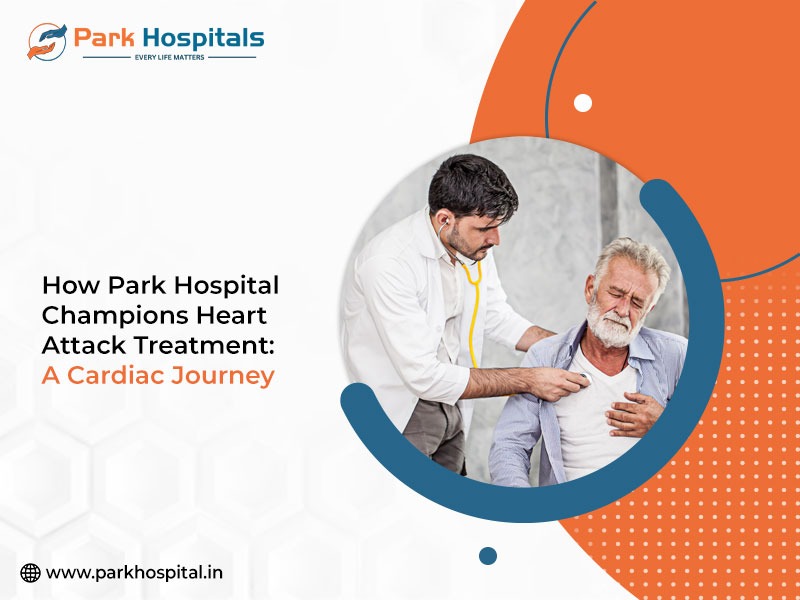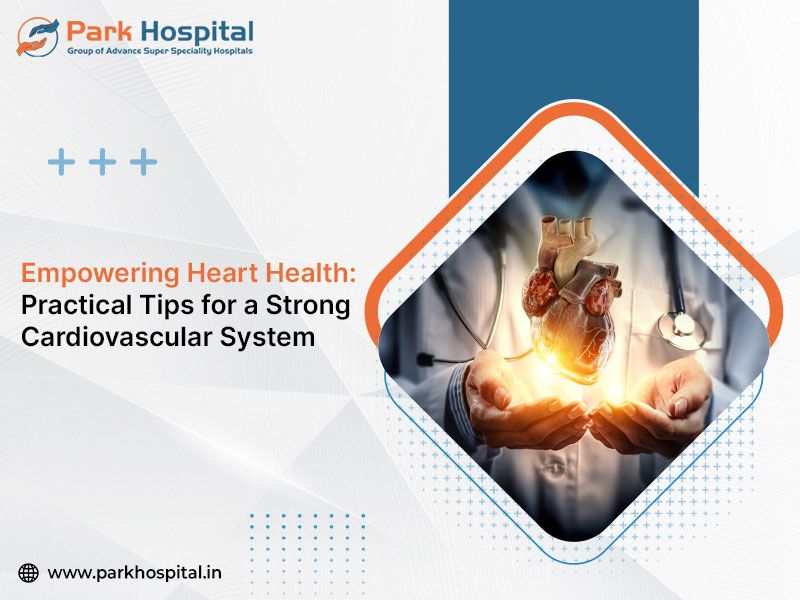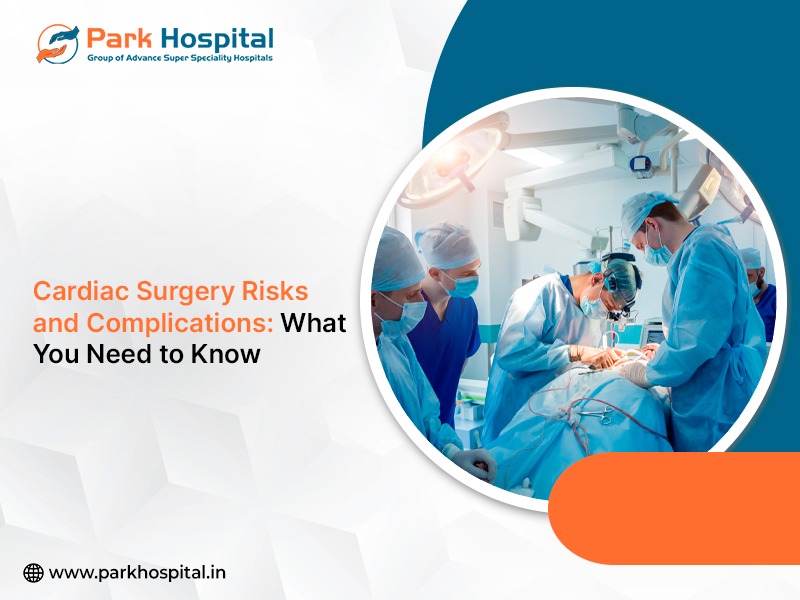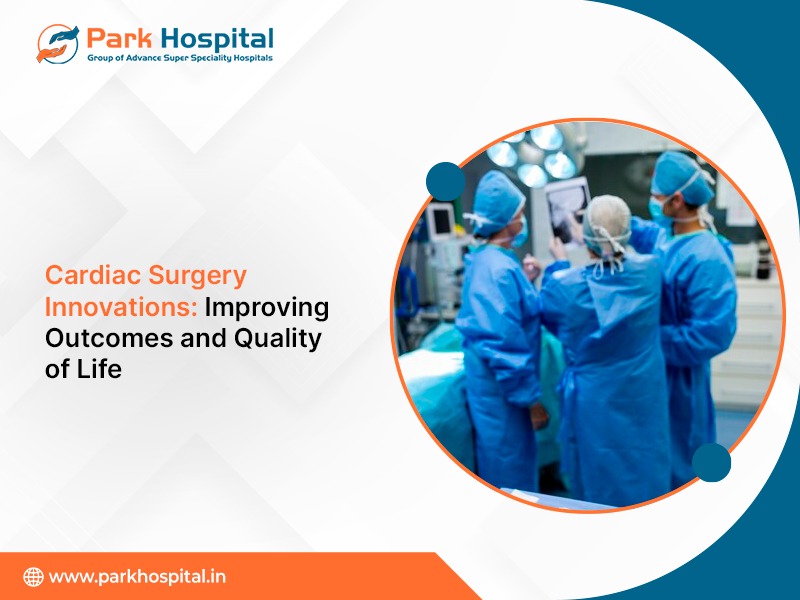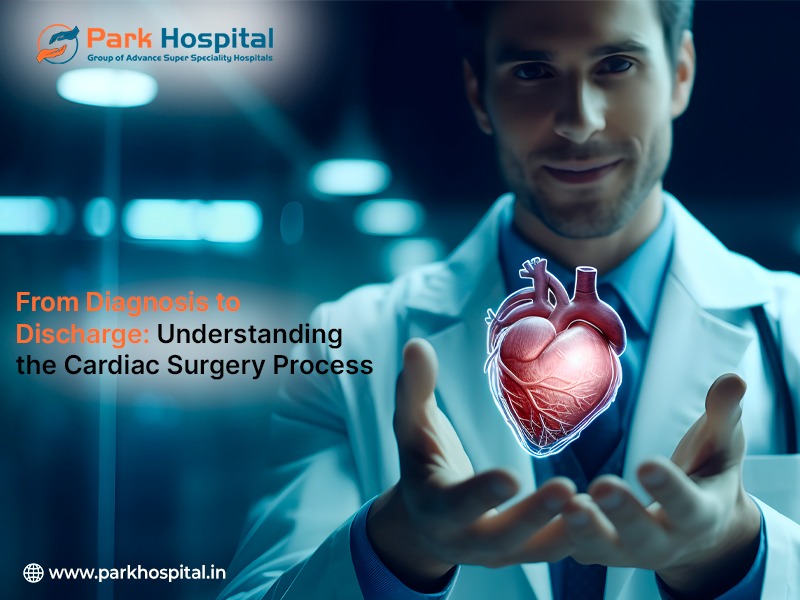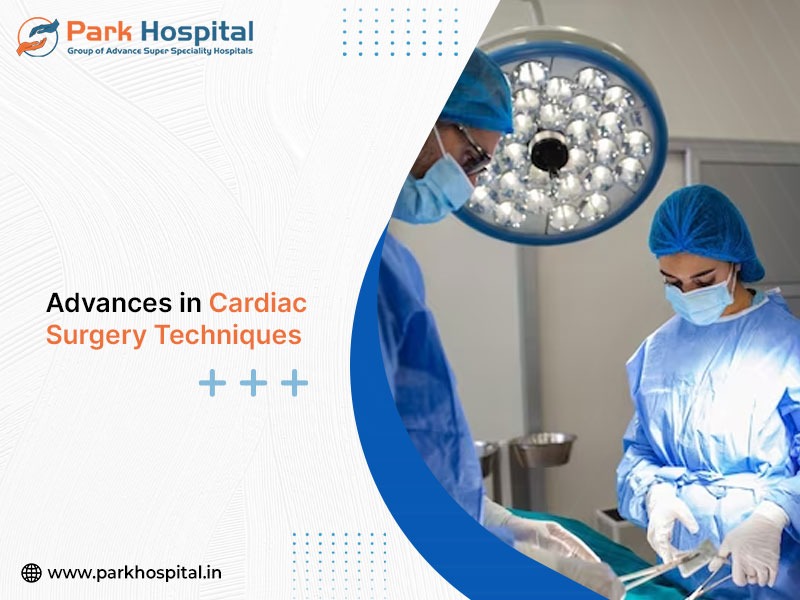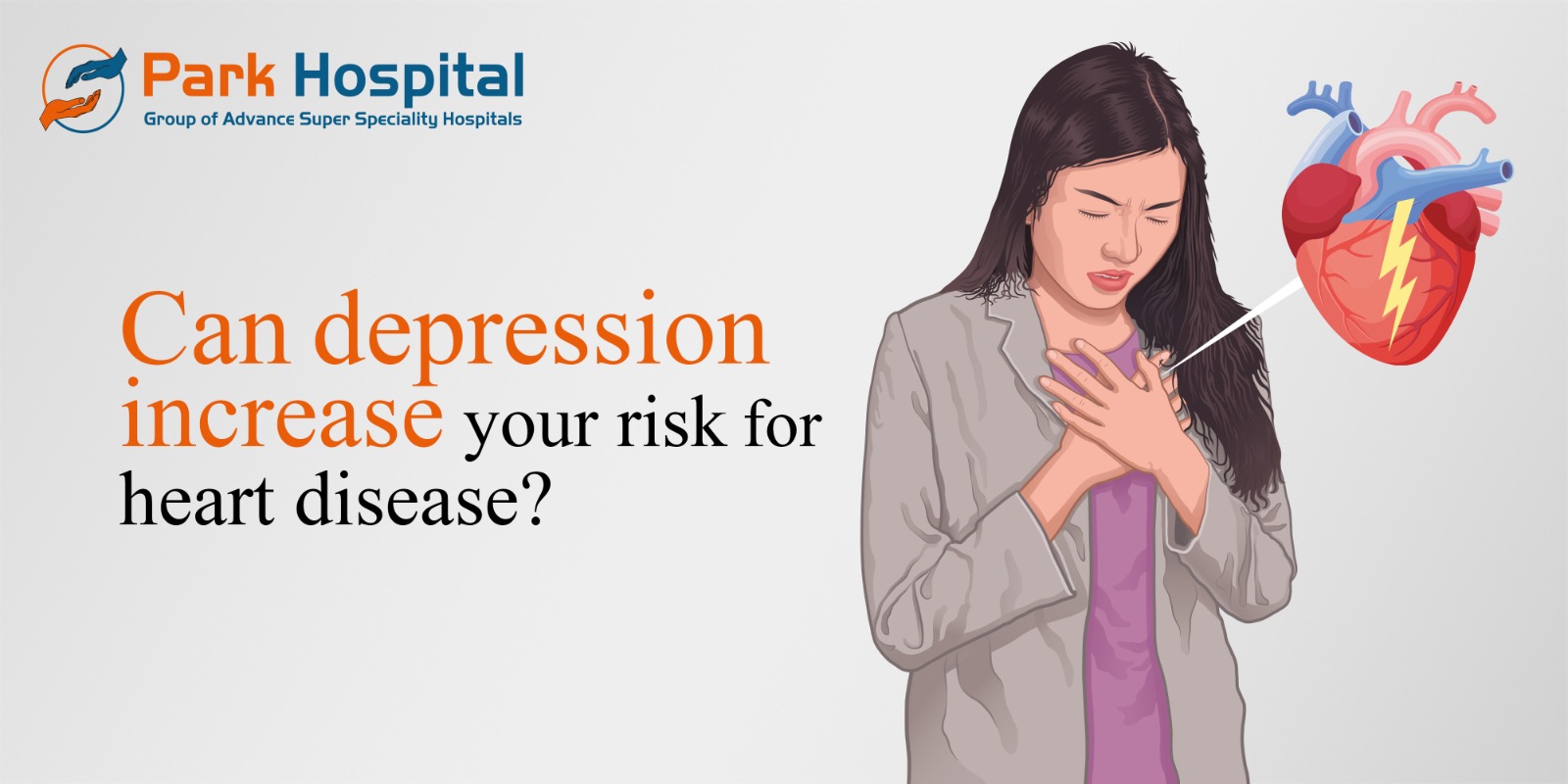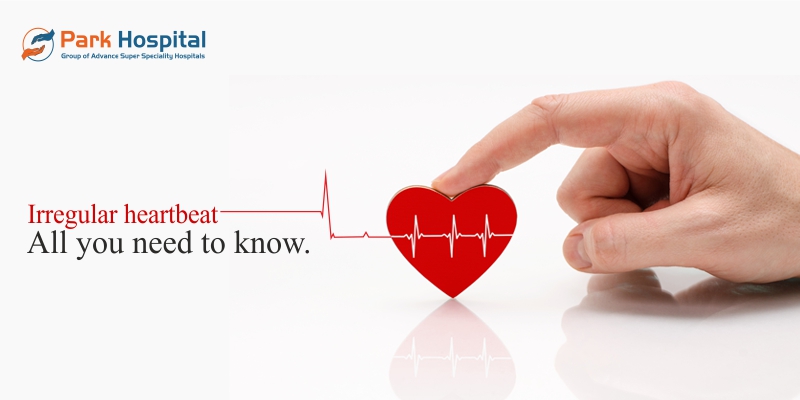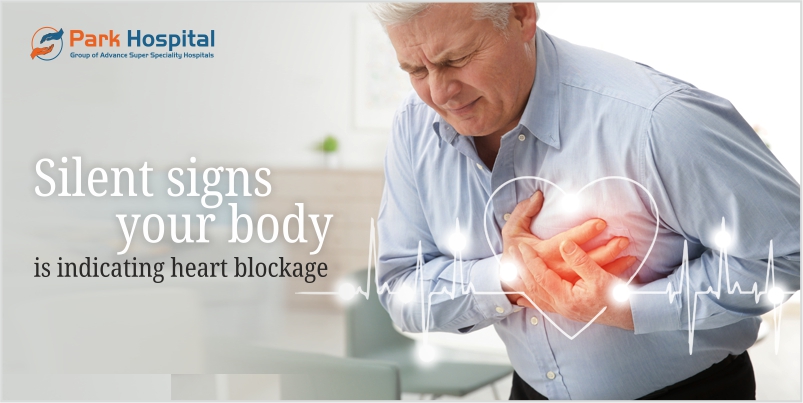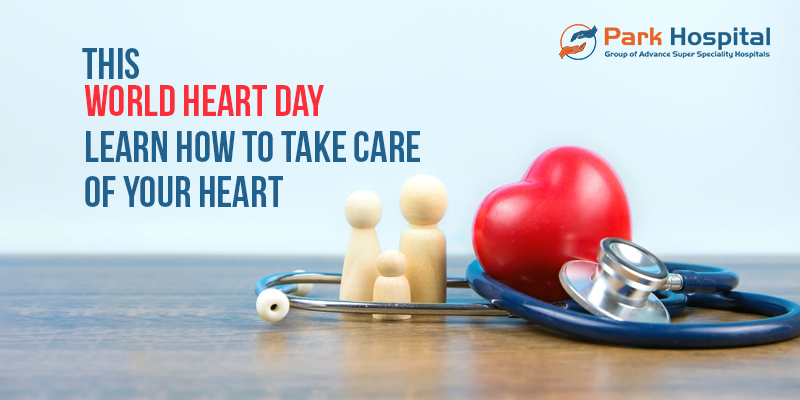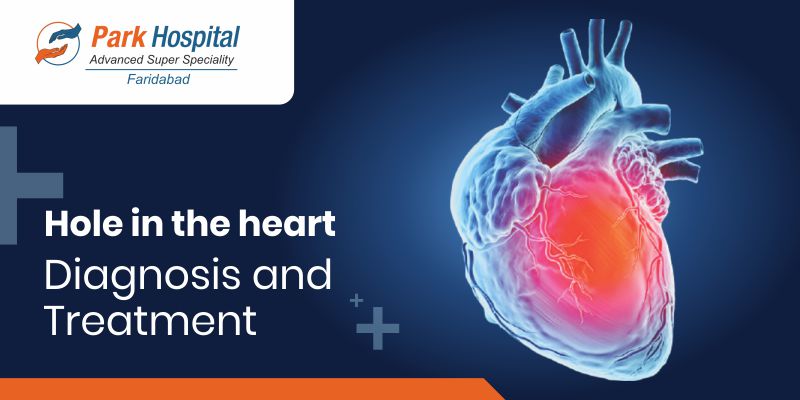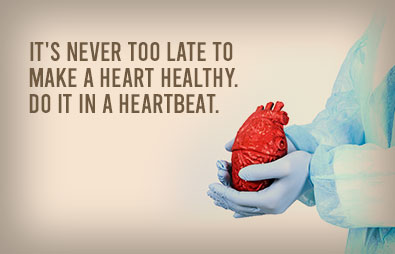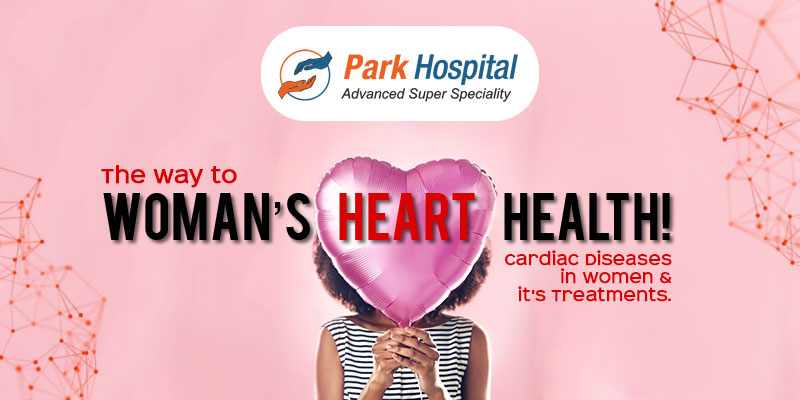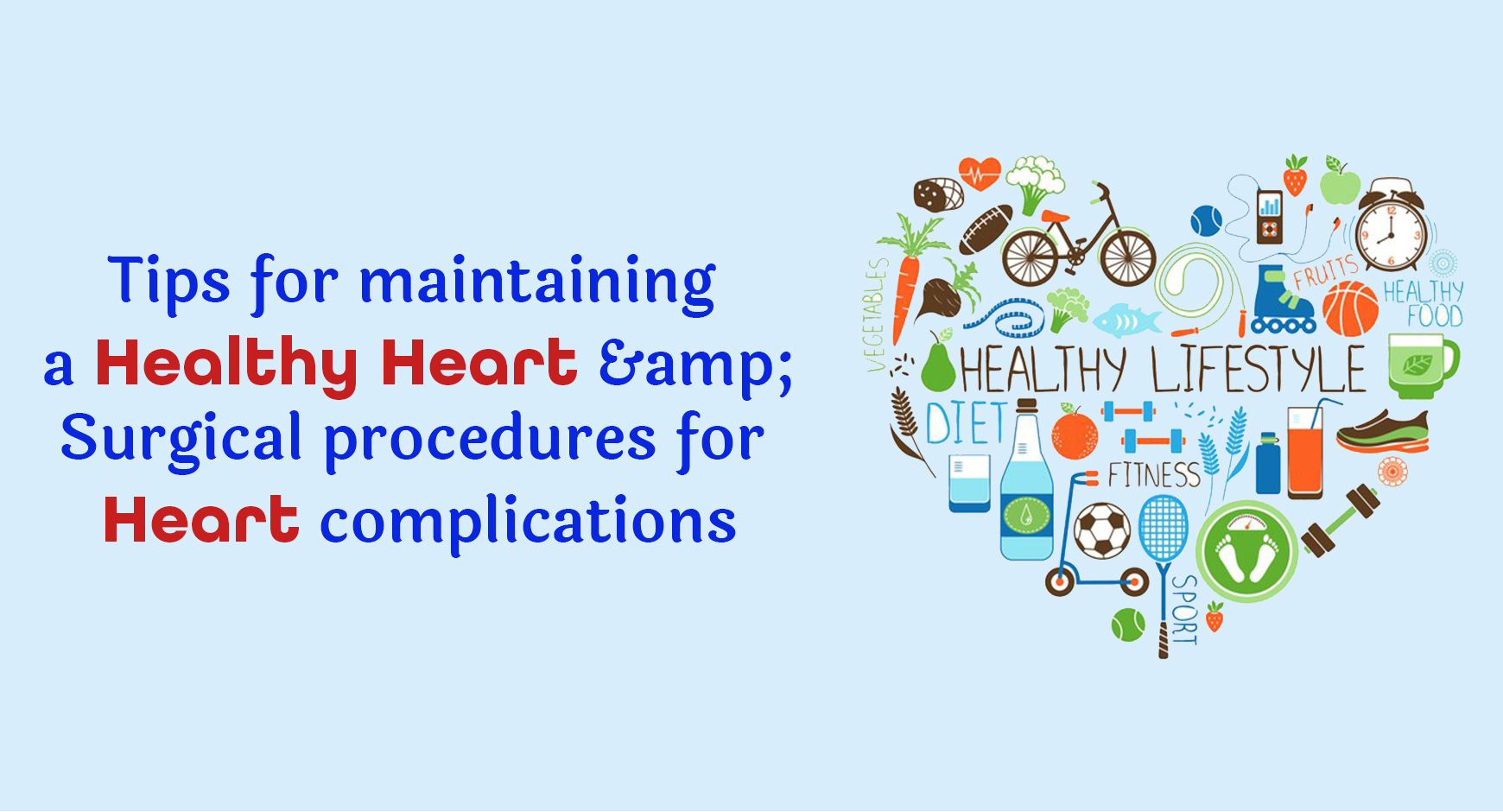We keep hearing about beating heart surgery (our former PM had the same surgery some time back) but the general public is a bit confused about what exactly this kind of operation is. Most of us are aware of the fact that bypass surgery involves the delicate sewing of a tube to bypass the block in the heart artery.
In conventional surgery the surgeon puts the patient on a sophisticated machine called a heart-lung machine, stops the heart by administering a potent paralyzing agent called cardioplegia, and performs the delicate repair on a motionless heart. The heart is then revived and the machine slowly weaned off as the patient’s heart takes over. While this was a very elegant, scientific and time-tested procedure, it was realized that the heart-lung machine, in spite of all its technological advances, could not match the working of the human heart.
Some inherent imperfections caused problems to the patient. The way out was to avoid the heart-lung machine. The obvious problem was of how to make a small area of the heart — 2 X 2 cm — motionless where the bypass was to be conducted, leaving the rest of the heart to pump blood. This was achieved by a device with octopus-like suction pods which stuck to a small part of the heart and made it still — the devices go by the interesting names of Octopus and Starfish. To allow some blood to flow in the vessel which is opened, a small plastic tube called a shunt is inserted during the time of sewing.
The technique of multivessel beating heart surgery was first developed in Punjab. The idea came in 1998 when a patient from Sirsa with severe heart disease could not be operated on, as he would not have tolerated the heart-lung machine. The new technique used devices to immobilize a small area at a time. The technique was duplicated in 100 such high-risk cases and presented at various international conferences. The paper was published in the most prestigious journal, the Annals of Thoracic Surgery in January 2000 (Global Myocardial Revascularization Without Cardiopulmonary Bypass Using Innovative Techniques for Myocardial Stabilization and Perfusion). It was accepted as a World Record and published in the Limca Book of World Records 2000. Since then, this technique has been used successfully in thousands of cases worldwide.
Over time (about 15 years) due to progression of the disease the first surgery grafts or stents can get blocked and the patient may now need a second operation. This obviously carries a higher risk as the patient is now older. Beating heart techniques had not been used so far in such cases. A similar technique was then used for the second time or in redo-surgeries --- again in patients from Punjab operated for the first time in the UK and the US — and presented at the 14th Annual Conference of the European Association for Cardiac Surgeons in Frankfurt on October 11, 2000 (multivessel redo CABG on a beating heart) as a video film. This was the first presentation in the world of multivessel beating heart re-do CABG. Since then, this technique has been used to save many lives by surgeons all over the world.
It is especially useful in people over 65 years of age where otherwise surgery will not be possible. It is this method which was successfully used in the case of the Prime Minister by the talented team of surgeons in Delhi.
The advantages to the patient are manifold. Now 75 per cent of the patients are discharged within three-five days of a major multivessel bypass. Blood usage is reduced to none in up to 80 per cent cases. The rate of infection and kidney, liver and lung dysfunction are markedly reduced, making it an especially useful operation for patients with pre-existing derangements in these organ systems.
The cost is markedly reduced as the expensive heart-lung machine is not used, as these machines are all imported. The country saves a lot in foreign exchange.
Thus, the advantages are:
- No problems about whether the patient will come back to life or not from the heart-lung machine
- Less time-consuming and simple.
- Less neurological problems
- Less blood usage
- Less stay in the ICU and hospital
- Patients do not feel run-down
- Faster recovery and return to work
The technique can be used in most patients — up to 100 per cent in most centers.
The writer is Director Cardiac Sciences, at the Park Hospital Mohali. His name appears in the Limca Book of World Records for being the first in the world to conduct multivessel beating heart surgery.

